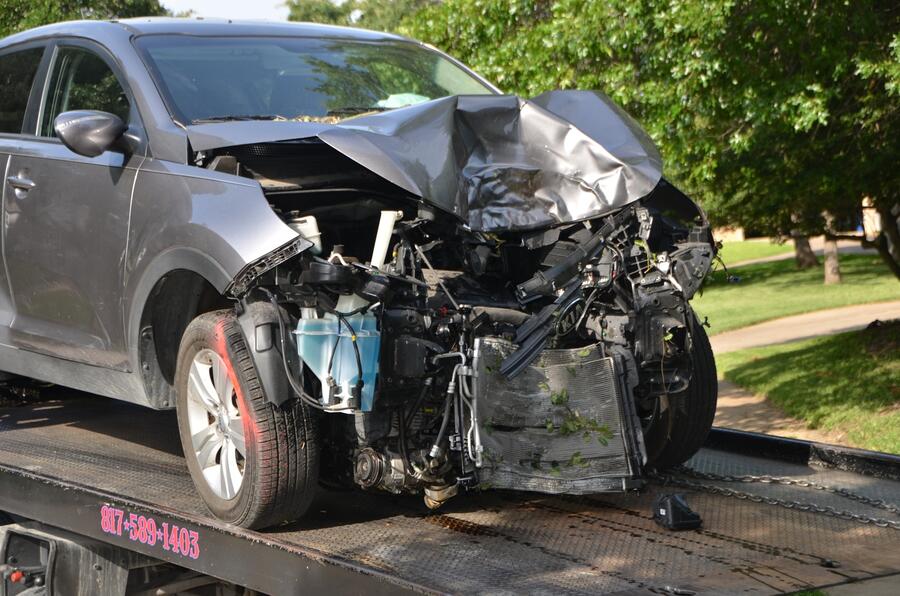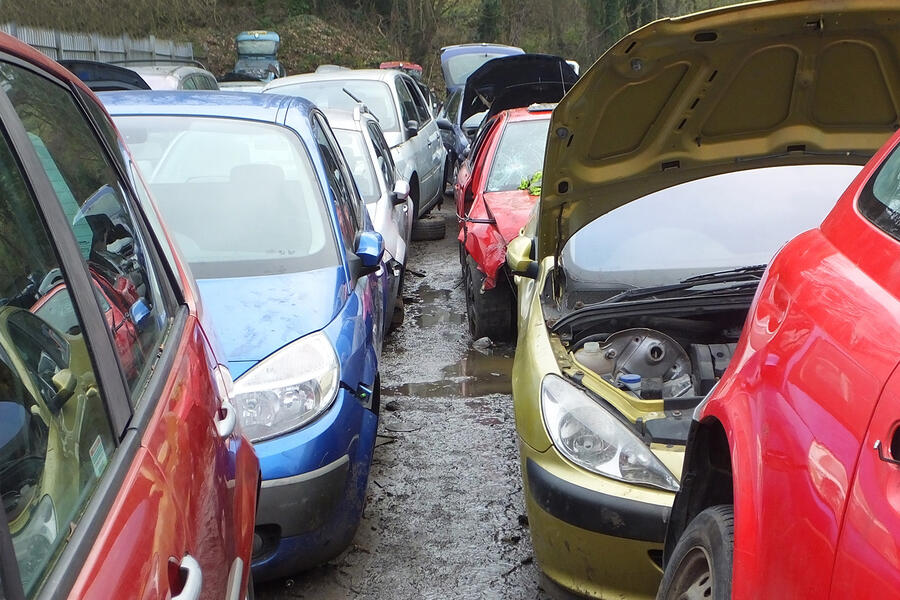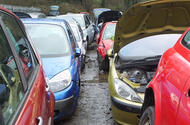The salvage repair business is thriving, but is it safe and are rules being broken?
From trash to cash!’, ‘Soo cheap!’, ‘£300 gamble no keys!’… Hyperbole is alive and kicking on the popular videos posted by salvage repairers on YouTube.
There are lots of them, most fronted by excitable chaps with a gift for social media supported by a grizzled ‘character’ who actually does the work. They must be profitable.
One boasts of having just bought his dream house on the spoils. Most present repairing crashed cars as a bit of a laugh.
Except that it isn’t. Ten years ago, Sadie McGrady, aged six, was killed in a two-vehicle car crash. The inquest heard how the Vauxhall Corsa she was travelling in had been written off by insurers after an accident in 2008. It had then been sold to a salvage company, repaired and returned to the road.
The vehicle examiner who gave evidence at the inquest said the repair had “weakened†the structure of the car, causing greater intrusion and, he added, “increasing the likelihood of Sadie sustaining injuryâ€.

The coroner said: “If it is beyond economic repair, in my view that should be the end of the vehicle. I can only hope that someone, somewhere will listen.â€
Unfortunately, 10 years on and still nobody is. The four salvage codes, which members of the Association of British Insurers (ABI) used to identify the status of write-offs but which are not bound by legislation, were updated a few years ago so they represent a vehicle’s structural condition more clearly.
However, it remains the case that Category S (structurally damaged but repairable) and Category N (non-structurally damaged and repairable) write-offs can be repaired and returned to the road without the work having to be inspected.
More seriously damaged Category A vehicles must be scrapped, but Category B cars can be broken for spares.
Of course, all of this assumes the car isn’t a so-called ‘special vehicle’, such as a classic car or an especially valuable one, in which case no code need be applied to it, or one that is self-insured by its owner, such as a fleet company, where again, no code need be applied.
Meanwhile, questions have been raised about the way Category S and N codes, in particular, may be misapplied to some vehicles.

Tim Kelly, a former director of the Institute of Automotive Engineer Assessors and the founder of Motor Claim Guru, a company that advises insurance claimants, believes a conflict of interest involving assessors and sellers may mean some write-offs are being wrongly coded.
“I’m concerned about some salvage sellers also being responsible for assessing the write-off categories of the vehicles they are marketing,†he says. “They’re marking their own homework. Coding a Cat S car as a Cat N can boost its selling price.â€
A spokesperson for the ABI said: “Under the code, a written-off vehicle is assessed by a qualified vehicle damage expert who will decide if it can be repaired or if it is too dangerous and needs to be scrapped. If anyone is unhappy with how an expert has assessed a vehicle, they should talk to the vehicle’s insurer, who can investigate any issues and make sure the code has been followed.â€
Although an inspection of a repaired write-off before it can be returned to the road is not a legal requirement, there are companies that do inspect such vehicles, among them one called Autolign.
Until recently it was the only one recognised by HPI, which, on receipt of a successful report, would remove a Cat S or N code from a repaired car and move the vehicle to its Condition Inspected register.
Autolign also works with local authorities, checking the quality of repaired taxis. In total, it checks around 30 repaired vehicles per month across its three branches.
Worryingly, a spokesperson for Autolign said the company has seen an increase in enquiries concerning Cat B vehicles, which cannot be returned to the road. It does not inspect these or Cat A vehicles.

With such little scrutiny of repaired salvage, it’s not surprising that repairing Cat S and N write-offs is big business. Copart, a leading supplier of vehicle salvage, claims to sell almost a quarter of a million of them each year.
Buyers break some vehicles for spares but repair many more, which they resell to the public. One leading online marketplace is currently advertising almost 15,000 repaired Cat S and N cars. This figure also includes Cat C and D write-offs – an outdated classification that also means the cars can be repaired and returned to the road.
The question is: how well are these cars being repaired? The Institute of the Motor Industry offers a range of highly respected vehicle body repair courses and qualifications recognised by professional bodyshops.
However, Kelly suspects that on the fringes of the trade many technicians are neither qualified nor equipped to repair, in particular, modern cars.
He says: “Older technicians especially remain loyal to the techniques they learned years ago, but modern vehicles are built from a combination of advanced steels and other materials that require different techniques if a car is to be safe in a crash.
"For me to even consider buying a repaired write-off, I would want to know what the repairer’s qualifications are, what methodology they follow and what equipment they use. I would also want to see pictures of the car after its crash and how, at every stage, it was repaired.â€
It’s good advice. After all, what’s billed as a bargain may instead be a deathtrap in disguise.




